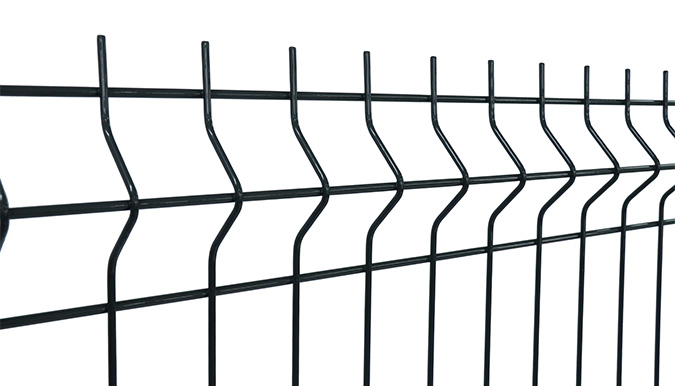nails for aluminum flashing
Dic . 22, 2024 19:13
Understanding the Best Nails for Aluminum Flashing
Aluminum flashing is a critical component in construction and home improvement projects, primarily used to prevent water intrusion around roofs, windows, and doors. Correct installation of aluminum flashing ensures that your structure remains protected from moisture, which can lead to significant damage over time. An essential aspect of installing aluminum flashing is selecting the right nails. In this article, we’ll explore the types of nails suitable for aluminum flashing and their importance in ensuring a durable and effective installation.
Why Nail Selection Matters
When it comes to materials like aluminum, the choice of nails goes beyond sheer holding power. Aluminum is prone to corrosion, especially when it comes into contact with dissimilar metals. Therefore, using the wrong type of nails can lead to failures in the flashing, compromising the integrity of the entire system. Here are a few points to consider when selecting nails for aluminum flashing
1. Corrosion Resistance The primary concern for nails in contact with aluminum is corrosion. Stainless steel nails are widely regarded as the best choice since they resist rust and corrosion effectively. The introduction of moisture can lead to galvanic corrosion if aluminum comes into contact with ferrous metals, so it's crucial to avoid using standard steel nails.
2. Compatibility Compatibility between the metal type of the flashing and the nails is paramount. For aluminum flashing, it’s advisable to use nails made of stainless steel or aluminum. Aluminum nails are lighter and less durable compared to stainless steel but can be a good option for smaller projects or areas where weight is a concern.
3. Coating Another alternative is to use coated nails. For example, galvanized nails can sometimes be used, but it is essential to ensure that the coating is suitable for long-term exposure to the elements. However, the best practice remains to stick with stainless steel to avoid any potential issues.
4. Size and Length The size and length of the nails are also important factors to consider. Generally, nails used for aluminum flashing should be long enough to penetrate the substrate beneath the flashing adequately. A common size range is between 1.5 to 2 inches, depending on the thickness of the flashing and the material it is being applied to.
Choosing the Right Type of Nails
nails for aluminum flashing

1. Stainless Steel Nails A favorite among professionals, stainless steel nails offer exceptional durability and resistance to corrosion. They are suitable for virtually all environments, including coastal areas where salt air can accelerate rusting. Stainless steel nails also come in various sizes and styles, allowing for flexible installation.
2. Aluminum Nails While not as common as stainless steel, aluminum nails are lightweight and ideal for specific applications. They are primarily used in situations where additional support is not needed, and weight is a critical factor. However, aluminum nails should be used with caution, as they may not provide the same holding power as stainless steel.
3. Galvanized Steel Nails Though generally discouraged for use with aluminum due to the risk of galvanic corrosion, galvanized steel nails may be suitable in some less invasive applications. If you choose to use them, ensure they are of high quality and intended for exterior use.
Installation Best Practices
When installing aluminum flashing, following best practices extends beyond simply using the right nails. Here are a few tips for a successful installation
- Pre-drilling Holes Pre-drilling holes can help prevent the aluminum from splitting and make the installation process smoother. - Spacing Nails Properly Appropriate spacing between nails ensures that the flashing is securely fastened while allowing for natural movement caused by temperature changes. - Supporting Seals Always ensure that seals or caulking are used in conjunction with the flashing installation, particularly at seams and corners, to further prevent water intrusion.
Conclusion
In conclusion, choosing the right nails for aluminum flashing is crucial for the longevity and effectiveness of your installation. Opting for high-quality stainless steel or aluminum nails, considering corrosion resistance, nail size, and installation practices will ensure that your flashing performs well under various conditions. By following these guidelines, homeowners and contractors can enhance the durability and reliability of their structures, providing peace of mind against moisture damage.




















